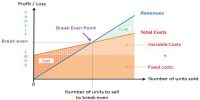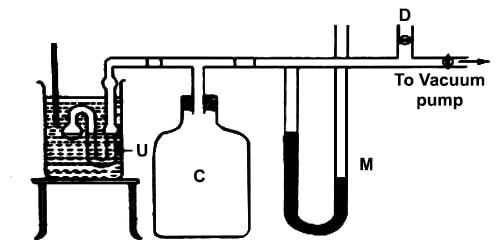Fixed manufacturing overhead costs are monthly or annual expenses that remain constant regardless of production volume or the total number of our production equipment was in operation. Example like, property tax, rent, and depreciation on factory etc., that have been assigned to (absorbed by) the products manufactured via a predetermined rate. Absorption costing treats all manufacturing costs as product costs, regardless of whether they are variable or filed. Allocation allows for fixed overhead costs to be absorbed into and eventually become part of the cost of goods sold for each unit of production. If an item or unit of production is either sold straight from the production line or within the same reporting period, allocated overhead costs are charged against income as part of the cost of goods sold and reported that way on the income statement prepared for that reporting period. If not, however, the fixed manufacturing overhead costs allocated to the items or units of production remains in the inventory account, become part of the inventory valuation and are reported that way on the balance sheet for the current reporting period. When the items or units are eventually sold, the fixed manufacturing overhead cost attached to each is shifted from the inventory account to the cost of goods sold, charged against income as part of the cost of goods sold and reported that way on the income statement prepared for the current reporting period.
Fixed manufacturing overhead costs are shifted from one period to another due to changes in inventories under absorption costing. Every unit that is produced is assigned some fixed manufacturing overhead costs. Assuming that the said unit is not sold during that period, the fixed manufacturing cost assigned to that unit will then become part of the inventory and reported on the balance sheet and not the cost of goods sold.
















